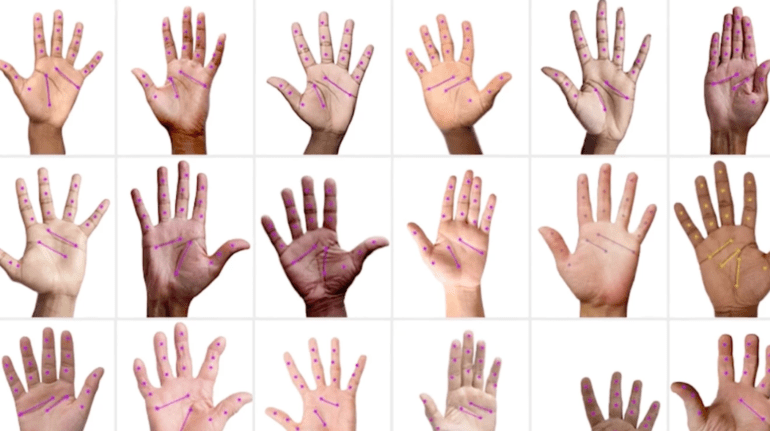TL;DR:
- Amazon One blends biometrics, optical engineering, machine learning, and generative AI for contactless convenience.
- Generative AI addressed the scarcity of palm data by creating synthetic images, enhancing accuracy.
- Synthetic data accelerated system training, producing millions of palm images for diverse scenarios.
- Amazon One achieves 99.9999% accuracy, surpassing traditional biometrics.
- Privacy is maintained with non-visible light operation and limited palm data usage.
Main AI News:
Introduction: Generative Artificial Intelligence (AI) has been making waves across various industries, from text summarization to code composition. In this article, we delve into a remarkable use case that predates the current generative AI buzz – the development of Amazon One’s innovative palm recognition technology. By combining cutting-edge biometrics, optical engineering, machine learning, and generative AI, Amazon One has reshaped the future of convenience in shopping, entertainment, and access.
The Power of Amazon One: Amazon One redefines convenience by offering a contactless experience that allows customers to leave their wallets and phones at home. Instead, they can use the unique features of their palm for a range of activities, such as making payments, accessing venues, and verifying age. Currently deployed across 500 Whole Foods Market stores and various third-party locations, Amazon One utilizes advanced scanning devices that employ infrared light to capture the intricate details of the palm’s lines, grooves, ridges, and veins. This information is then converted into a unique palm signature that can be linked to a customer’s credit card or Amazon account.
The Challenge of Precision: The success of Amazon One hinges on its flawless accuracy. To achieve this level of precision, a significant amount of high-quality data is essential. However, the scarcity of palm data posed a challenge: how could the system be trained effectively with limited palm images? This dilemma led the Amazon team to embrace generative AI.
Generative AI’s Role: Generative AI, a subset of traditional machine learning, involves models trained on vast datasets encompassing text, images, video, sound, and more. The Amazon team employed generative AI to create a “palm factory” – an ingenious solution generating millions of synthetic palm images for training purposes. This pioneering effort took place years before the current generative AI trend gained global attention.
Harnessing Synthetic Data: Synthetic data, generated by AI to mimic real data, emerged as a game-changing solution for training Amazon One. The system was trained on countless synthetic palm images, which accurately simulated variations in illumination conditions, hand poses, and even minor details like scars and Band-Aids. Notably, these images were also automatically annotated, sidestepping the usually time-consuming labeling process. This efficiency acceleration enabled the team to progress swiftly.
Enhanced Accuracy: Leveraging generative AI and synthetic data significantly enhanced the accuracy of Amazon One. By training the system with a diverse range of synthetic palm images, including subcutaneous vein images, the team achieved unparalleled accuracy. Amazon One’s accuracy rate of 99.9999% after over 3 million uses is a testament to the success of this approach. This groundbreaking system outperforms traditional biometric methods and is 100 times more accurate than iris recognition technology.
The Complexity of Identity: Amazon One’s achievement surpasses the simplicity of facial recognition technology. Unlike a smartphone that already knows its owner’s face, Amazon One must identify users from a vast pool of individuals, often in real-time. This dynamic demands a sophisticated system capable of handling complex scenarios with utmost accuracy and speed.
Expanding Applications: Amazon One’s applications extend beyond payments, encompassing loyalty linking and age verification. Collaborations with brands like Panera and Coors Field have showcased the system’s versatility and potential for reshaping various industries.
Privacy and Innovation: While Amazon One’s capabilities are groundbreaking, privacy remains a paramount concern. The system’s operation beyond the visible light spectrum ensures that gender and skin tone cannot be accurately determined. Moreover, Amazon One’s approach doesn’t use palm data for personal identification; it merely matches a unique identity with a payment instrument, prioritizing user privacy.
Conclusion:
The integration of generative AI in Amazon One’s palm recognition technology has redefined convenience and access. The system’s remarkable accuracy, powered by synthetic data, opens doors to applications beyond payments, promising transformative impacts across various industries. The market can anticipate a wave of innovative solutions powered by generative AI, enhancing user experiences and privacy in equal measure.

